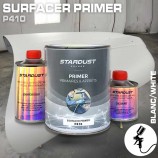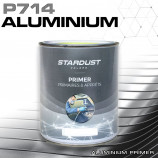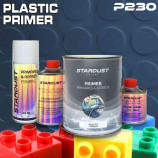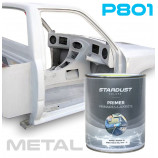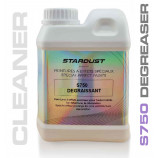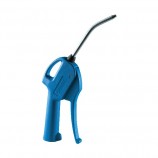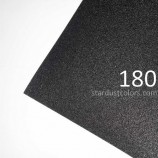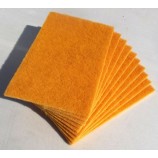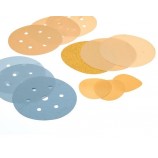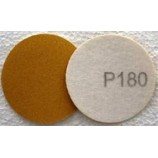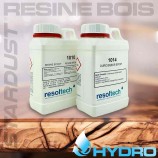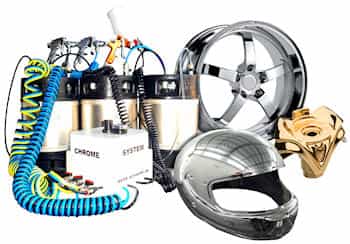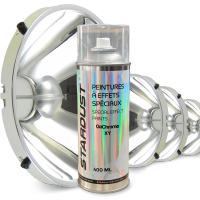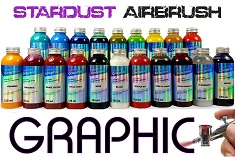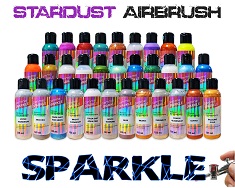All Products are in stock
and shipped from France.
Delivery within 48 hours.
and shipped from France.
Delivery within 48 hours.
Our categories
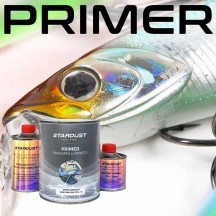
Preparation of decoys before painting
In this category dedicated to the preparatory work on the decoy before painting, we present the techniques, advice, but also a selection of particularly indispensable and adapted products:
Don't forget! it is by studying and understanding a minimum of the techniques of the professional products that we obtain the best results on the decoys, in ...
Read more-
BI-COMPONENT FILLER PRIMER P410
In Stock 24.30£Body surfacing primer complete kit with included:Two-component filling primer + hardener H400 + thinner -
-
PLASTIC PRIMER / MONO-COMPONENT ADHESION PROMOTER P230
In Stock 21.60£Paint for Plastic - All plastic adhesion primer A special liquid and transparent product to promote adhesion over various plastic surfaces.Product available. -
-
Degreaser - SilIcon remover 1000ml
In Stock 7.10£Delivery time 48hrs IN STOCK 1 Liter can or 400ml aerosol -
-
Waterproof Abrasive sheets 180 to 5000
In Stock 4.32£Abrasive sheets for paint and bodywork 8 different grit sizes in increasing order 180 320 800 1200 1500 2000 3000 5000 (number of particles per inch) Medley includes: 1x180 1x320 1x800 1x1200 1x1500 1x2000 1x3000 1x5000 -
Abrasive Sponges - 4 different types - Pack of 5 -
In Stock 5.32£Available in three grain size fineness: Green - normal Grey - thin Gold - Ultra thin Wet fine Delivered by: 5 pieces -
Self-gripping abrasive discs velcro grain sizes 80/180/320/500 x10/x50
In Stock 5.86£Choose the grain of the record with the drop-down menu 2 offers:- The Lot of 10 abrasive Records - Limps with 50 abrasive Records -
-
1010 Epoxy Resin, water-based product for clear coating or impregnation
In Stock 54.00£Multi-purpose waterborne resin for undercoat or finishOur offering: Complete kits include500g Resin 1010 + 500g Hardener 10141kg Resin 1010 + 1kg Hardener 1014























